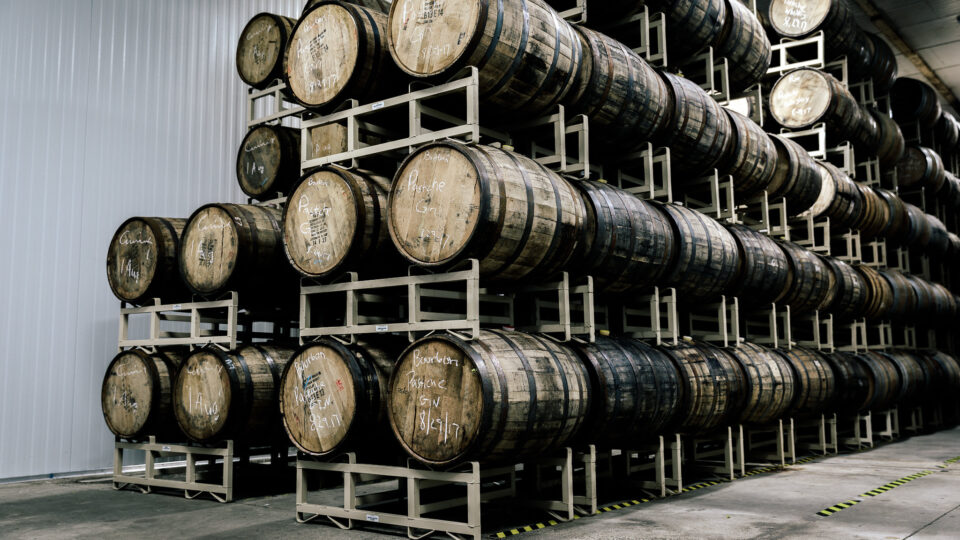Lead and other heavy metals in water are a serious global problem that is worsening because of electronic waste and discharges from mining operations. In the U.S., over 12,000 miles of waterways are impacted by mine-drainage water that is rich in heavy metals.
Lead in particular is highly toxic, especially to children. The European Union established a standard for allowable lead in drinking water of only 5 parts per billion. In the US, the EPA has declared that no level of lead at all is safe.
Researchers at MIT have recently discovered that inactive yeast can be effective as an inexpensive, abundant, and simple material for removing lead contamination from drinking water supplies. The MIT study shows that the method works even at parts-per-billion levels of contamination.
The method is called biosorption, in which inactive biological material is used to remove heavy metals from water. Previously, it has been studied at parts-per-million contaminant levels, but the MIT study shows that it works at much lower levels as well.
The team studied a type of yeast widely used in brewing. The yeast cells used are inactive and desiccated and require no special care. Such yeast is abundantly available as a waste product from beer brewing and various other fermentation-based industrial processes.
The researchers estimate that to clean a water supply for a city the size of Boston would require about 20 tons of yeast a day, or 7,000 tons a year. That seems like a lot, but one single brewery, the Boston Beer Company, generates 20,000 tons a year of surplus yeast that is no longer useful for fermentation.
**********
Web Links
Could used beer yeast be the solution to heavy metal contamination in water?
Photo, posted September 5, 2017, courtesy of Allagash Brewing via Flickr.
Earth Wise is a production of WAMC Northeast Public Radio.
